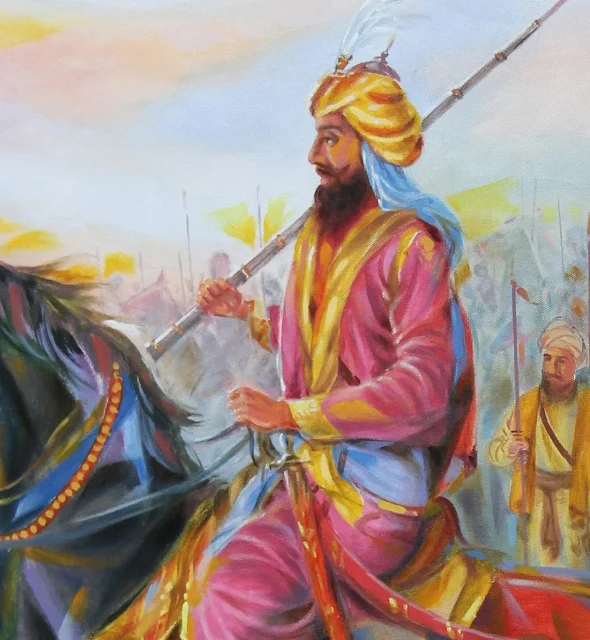
ALA SINGH, BABA (1691-1765), Sikh mis leader who became the first ruling chief of Patiala, was born in 1691 at Phul, in present day Bathinda district of the Punjab, the third son of Bhai Ram Singh. His grandfather, Baba Phul, had been as a small boy blessed by Guru Hargobind, Nanak VI. Ala Singh\'s father and his uncle, Tilok Singh, had both received the rites of initiation at the hands of Guru Gobind Singh who conferred on their family the panegyric, "Your house is mine own. "






